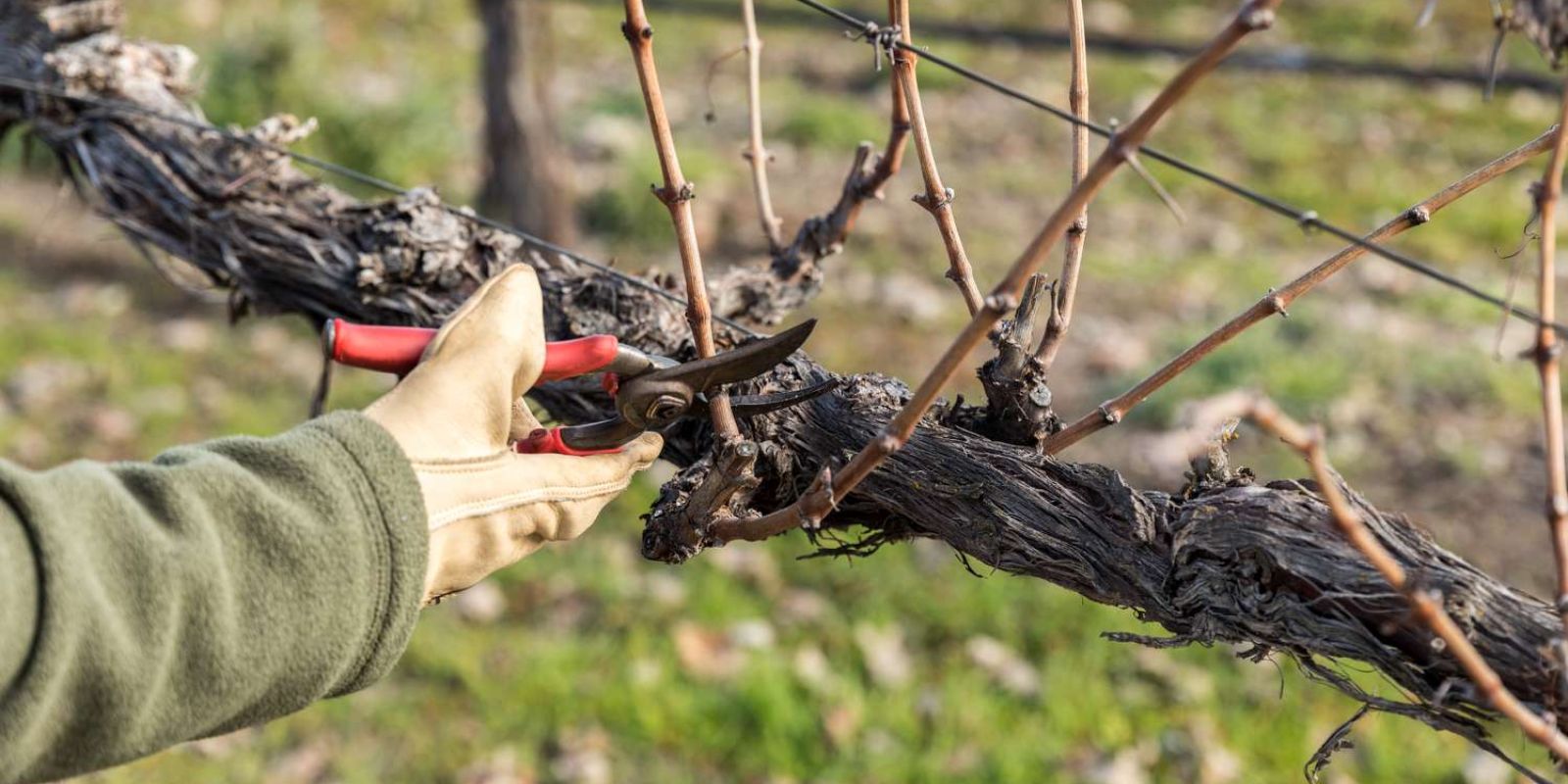Introduction:
Pruning grapevines is a crucial practice for anyone looking to grow healthy and productive grapevines. Whether you’re a seasoned gardener or a novice, mastering the art of pruning can transform your grapevines, resulting in a bountiful harvest and a healthier plant. This comprehensive guide will walk you through the essential steps and techniques for effective grapevine pruning, ensuring your vines remain vigorous and fruitful year after year.
1. Understanding the Importance of Pruning
Pruning grapevines is not just about tidying up the plant; it’s a strategic process that influences the vine’s growth, fruit production, and overall health. Proper pruning helps to:
- Promote Healthy Growth: By removing excess and unhealthy growth, you allow the vine to focus its energy on producing high-quality grapes.
- Improve Airflow and Sunlight Exposure: Adequate spacing between canes reduces the risk of disease by improving air circulation and allowing sunlight to reach all parts of the plant.
- Enhance Fruit Quality: Pruning helps manage the balance between vegetative growth and fruit production, resulting in better fruit quality and higher yields.
2. Choosing the Right Time for Pruning
The timing of pruning is crucial for the health of your grapevines. The best time to prune is during the dormant season, which is late winter or early spring before new growth begins. This timing helps minimize stress on the plant and promotes strong, healthy growth in the upcoming season.
3. Tools You’ll Need
Before you start pruning, gather the following tools to make the process more efficient:
- Pruning Shears: For cutting smaller branches and canes.
- Loppers: For cutting thicker branches.
- Saw: For removing larger, older canes or branches.
- Gloves: To protect your hands from thorns and rough branches.
- Disinfectant: To clean your tools between cuts and prevent the spread of disease.
4. Assessing Your Grapevines
Before you start cutting, take a moment to assess your grapevines. Look for the following:
- Healthy Main Canes: Identify the strong, healthy canes that will form the framework of your vine. These will be the primary canes for the next season’s growth.
- Dead or Diseased Wood: Look for any dead, damaged, or diseased wood that needs to be removed.
- Crowded Areas: Identify any areas where the growth is too dense and needs thinning.
5. Pruning Techniques
Step 1: Remove Dead or Diseased Wood
Start by cutting away any dead, damaged, or diseased branches. This helps prevent the spread of diseases and pests and promotes overall vine health. Make clean cuts at the base of these branches to avoid leaving stubs that can attract disease.
Step 2: Select and Maintain the Main Canes
Choose 1-3 main canes that will form the structure of the vine. These should be strong and healthy. Remove any excess canes that do not contribute to the desired shape or fruit production. The goal is to maintain a balanced structure that supports optimal growth and fruiting.
Step 3: Prune Back Lateral Shoots
Lateral shoots are smaller branches that grow from the main canes. Prune these back to about 2-3 buds from the main cane. This focuses the plant’s energy on producing quality fruit rather than excessive foliage. Be sure to make clean cuts just above the buds.
Step 4: Thin Out Crowded Areas
If the vine is too dense, thin out the interior growth to improve airflow and light penetration. Remove any overlapping or crossing branches to reduce the risk of fungal diseases and promote even fruit ripening.
Step 5: Tie Canes to Supports
Secure the remaining canes to the support structure, such as a trellis or arbor. This helps guide the growth of the vine and ensures that the canes remain stable and properly oriented.
6. Post-Pruning Care
After pruning, monitor your grapevines regularly to ensure they are adjusting well. Check for signs of stress or disease and address any issues promptly. Regularly inspect your vines throughout the growing season to make any necessary adjustments and maintain the desired shape and productivity.
7. Common Mistakes to Avoid
- Over-Pruning: Avoid removing too much of the vine at once, as this can weaken the plant and reduce fruit production.
- Improper Cuts: Make sure your cuts are clean and angled correctly to avoid leaving stubs that can attract disease.
- Neglecting Tool Maintenance: Keep your pruning tools clean and sharp to ensure precise cuts and prevent the spread of disease.
8. Benefits of Proper Pruning
Proper pruning offers several benefits, including:
- Increased Fruit Quality: Well-pruned vines produce higher-quality grapes with better flavor and texture.
- Enhanced Airflow and Light Penetration: Improved airflow and sunlight exposure reduce the risk of diseases and pests, leading to healthier plants.
- Higher Yields: Effective pruning promotes balanced growth, resulting in higher fruit yields and better overall plant performance.
Conclusion
Mastering grapevine pruning is essential for any gardener looking to achieve a thriving and productive vineyard. By following these essential steps and techniques, you can ensure your grapevines remain healthy, robust, and fruitful year after year. Whether you’re a novice or an experienced gardener, proper pruning will help you enjoy bountiful harvests and beautiful grapevines.
Motivational Sentence:
Unlock the full potential of your grapevines with these expert pruning techniques! 🍇✂️ Transform your vineyard into a flourishing paradise and share your success with fellow gardeners! #GrapeVineCare #PruningTips #GardeningSuccess #VineyardGoals #HomeGardening

